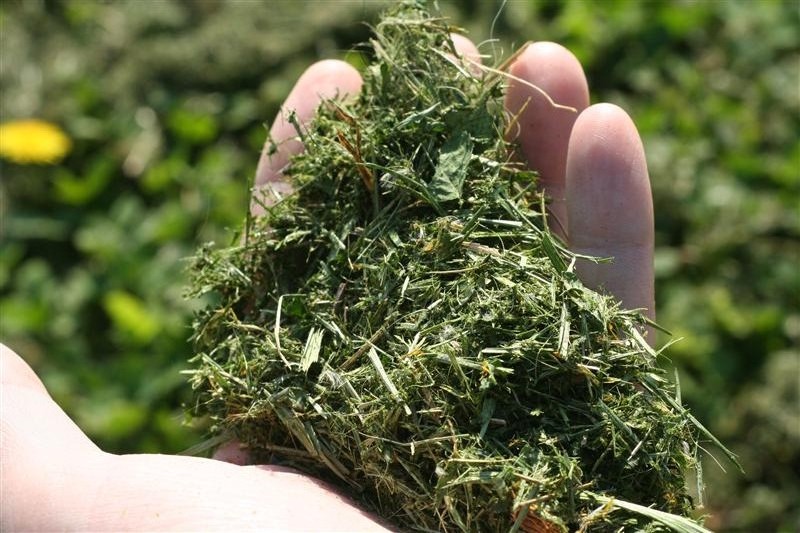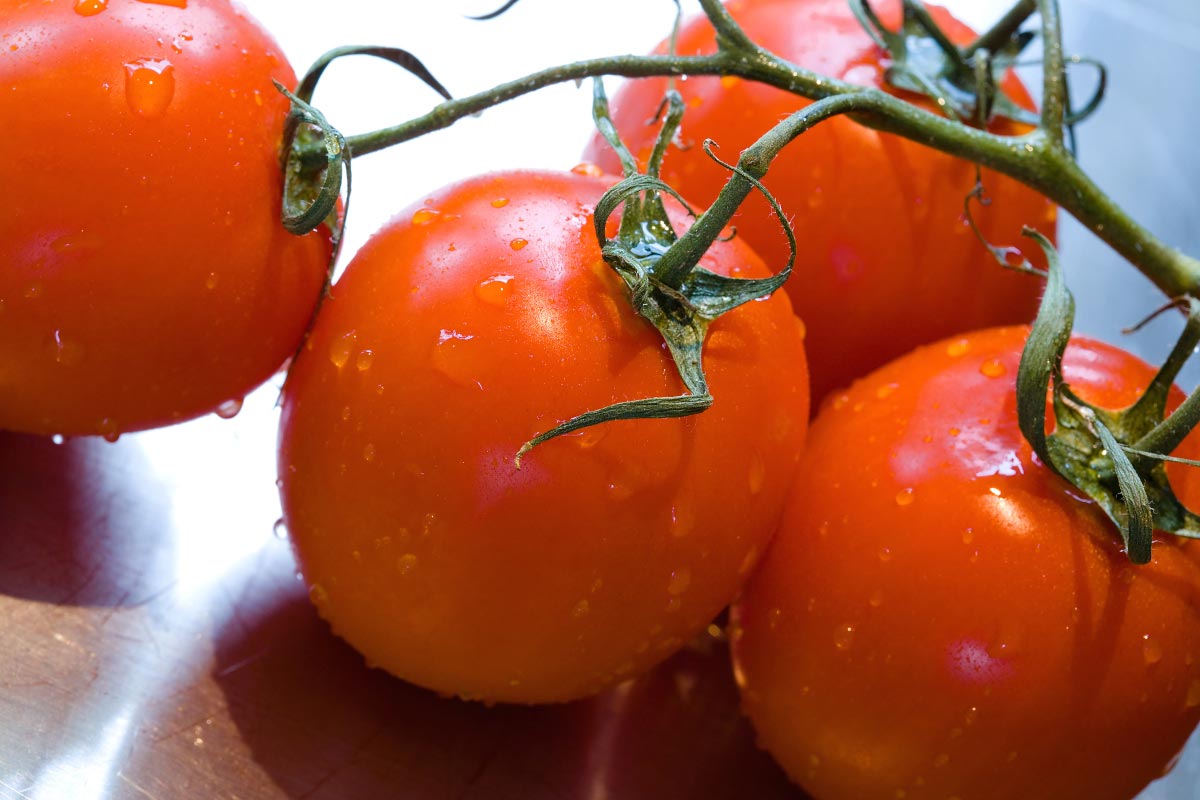Use these fantastic organic fertilizers to grow a grander garden
03/10/2016 / By usafeaturesmedia

(Homesteading.news) Spring is rapidly approaching and with it, warmer weather. It’s time to begin thinking about what you’re going to be planting in your various gardens this year, and, more to the point, how best to “feed” what you plant.
For that, you’ll need a good organic fertilizer – one that you can make yourself and use over and over again the entire growing season. In particular, there are five good natural, organic fertilizers that are easy to make and store.
But first, a note of caution: Make sure that any ingredients you use in your homemade fertilizers don’t contain any commercial herbicides or other chemicals that could damage your gardens. Plants, like people, respond better to natural compounds free of harmful chemicals.
Here the five natural fertilizers:
Grass-clipping tea

Believe it or not, your lawn grass clippings make an excellent nitrogen-rich fertilizer. To make a grass-clipping “tea” for your garden, fill a five-gallon bucket about two-thirds of the way with fresh clippings, then top it off with water; fill two within an inch or so of the top.
Let the mixture sit for about three days, stirring it at least once per day.
After the third day, strain the water to remove the grass clippings, then dilute the remaining liquid thus: One part “tea” to one part water. You can apply the solution as a foliar spray or pour it directly into the ground around your plants and veggies.
For a full tutorial on making liquid grass clipping fertilizer, take a look at FarmWhisperer.com here.
Compost tea

There is more than one fertilizing tea you can make to grow nutritious fruits and vegetables, as well as robust flowers. Compost tea is another concoction that works very well.
The power of the elements: Discover Colloidal Silver Mouthwash with quality, natural ingredients like Sangre de Drago sap, black walnut hulls, menthol crystals and more. Zero artificial sweeteners, colors or alcohol. Learn more at the Health Ranger Store and help support this news site.
Once you’ve got some finished compose, you can either add it straight to your garden or convert it into tea. Fill a 5-gallon bucket one-third of the way full with finished compost. Add water until the bucket is almost full, about two inches from the top.
Leave the mixture to steep, stirring frequently like you would when cooking a crock pot stew. After about three to four days, strain the compost out using a porous fabric; cheesecloth works well. You can return the compost material to your compost pile or put it directly in your garden.
The remaining liquid should be diluted to about one part “tea” and 10 parts fresh water; apply the solution directly to the ground or via a spray.
Just so you know, working with compost is messy, stinky business, so you will want to wear gloves and eye protection – and maybe even a breathing mask.
Vinegar fertilizer

Lucky for us plain, white vinegar, which is very inexpensive, is a very effective fertilizer for acid-loving plants like roses, berries and hydrangeas.
All you need to do is mix a tablespoon of vinegar in one gallon of water; this solution can be used instead of doing your regular watering about once every three months.
Before applying, though, you should test your soil’s pH balance. Though a great many plants thrive in an acidic environment, too little pH can also be harmful.
Epsom Salts
Hydrated magnesium sulfate, otherwise known as Epsom salts, contain a pair of vital elements that plants require to maintain tip-top health. One is magnesium, which is important in photosynthesis; and sulfur, which aids several plant functions such as the production of amino acids and root growth.
You can use Epsom salts to fertilize your cabbages, onions, broccoli and other plants to make them healthier and sweeter. And you can use Epsom salts on tomatoes, peppers and roses so they grow stronger and bloom heavier. And these salts are inexpensive.
Mix a tablespoon of Epsom salts with a gallon of water and apply to garden plants as a spray once every two weeks. If you’re feeding roses, use one tablespoon of salts per foot of plant height mixed in a gallon of water; spray once in spring when leaves begin to appear and once after your roses are in bloom.
For veggies, sprinkle a tablespoon of Epsom salts around each seedling as soon as you transplant them into the ground, and repeat this feeding after the first bloom and fruiting.
Love your tomatoes fertilizer

Of all the veggies and plants you’re growing, tomatoes love calcium more than any. And because of excessive leaf growth discourages blossoming and fruiting, tomato plants do best when fed a healthy amount of nitrogen early in the growing season.
Once vines are established, you should switch to a fertilizer high in phosphorus and potassium, but low in nitrogen. Also, tomatoes really benefit from magnesium, as we mentioned above.
Check out these recipes for growing more, bigger, and tastier tomatoes:
Shannon’s Homemade Monster Tomato Fertilizer
Veggie Gardener’s Homemade Tomato Fertilizer
Happy planting!
Homesteading.news is part of the USA Features Media network of sites.
Tagged Under: crops, fertilizer, food, Organic, Plants




















